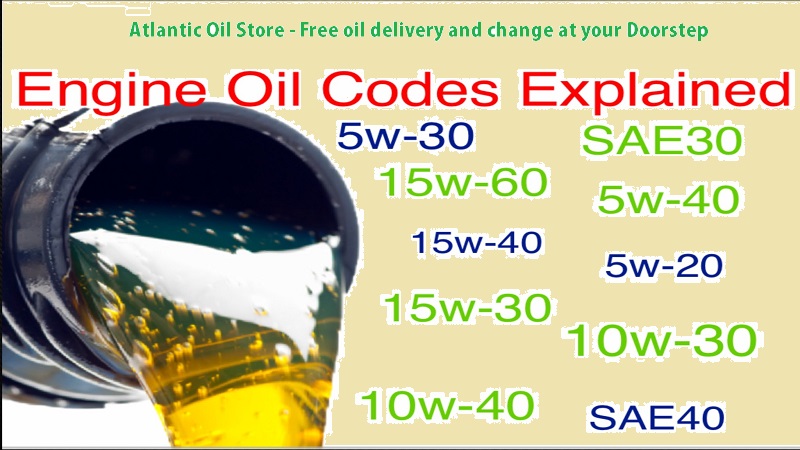

Virtually all synthetic gear oils on the market today are only engineered to meet the API GL-5 specification, which Currie has found to be inadequate for the design of the 9-inch.

The increased pressure capabilities and wear resistance found in Currie’s GL-6 rated gear oils are designed with all this in mind to ensure your rearend’s gears and bearings are adequately protected under the most severe conditions. Because of this, not using high-shear oil such as Currie’s 85/140w can lead to scoring and certain gear death, especially during extreme scenarios such as off-roading and racing. However, strength comes at a price, as this high-offset distance creates increased sliding friction and heat across the gear tooth face.
#Gear oil weight explained Patch#
The high-offset distance increases the contact patch between the ring and pinion teeth by approximately 30-percent and is a crucial reason for the legendary strength of the 9-inch gears.

The design of the 9-inch features a high-offset distance that places the center-line of the pinion gear 2.25-inches below the center-line of the ring gear, which is substantial when compared to the 1.125 to 1.5-inch offsets of other gear sets (see image below). You may hear about how synthetic gear oil provides reduced friction and wear however, it may not be optimal for your setup – especially if you have a Ford 9-inch rearend. We get asked this question almost every day, and the answer is straight up, you should only run 85W-140, API GL-6 rated conventional (non-synthetic) gear oil in a Currie axle assembly.


 0 kommentar(er)
0 kommentar(er)
